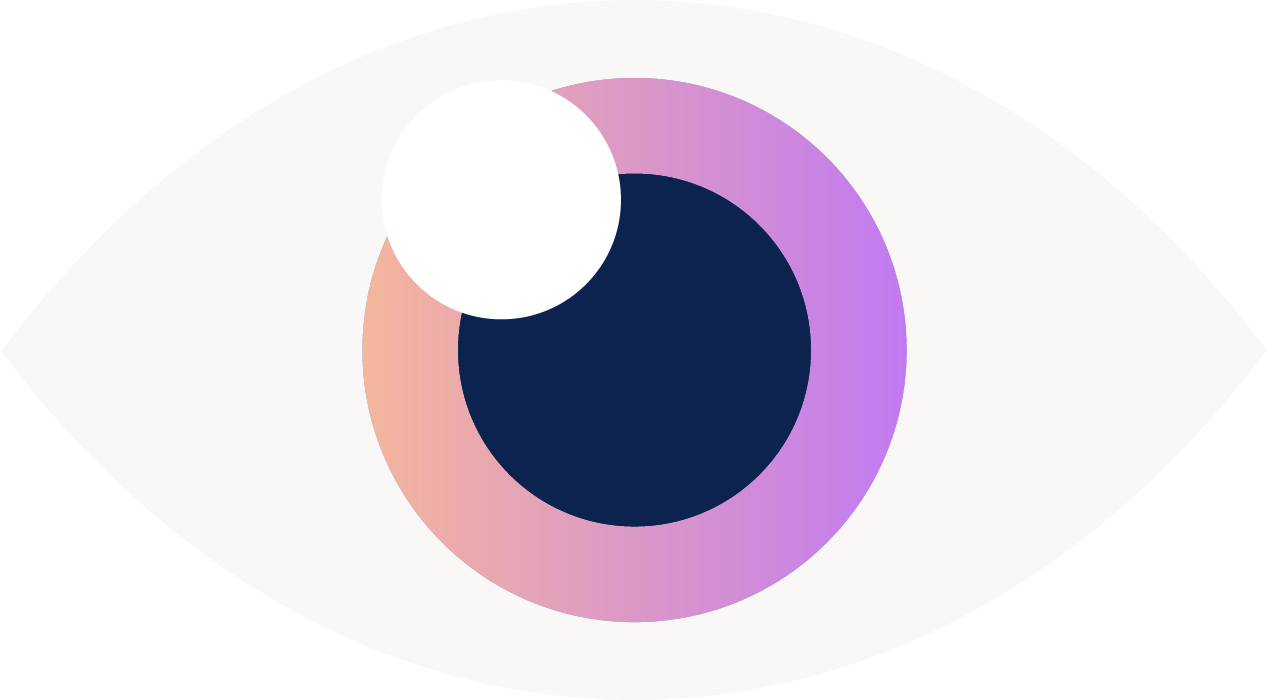What Parents Need to Know About Nearsightedness in Kids (Myopia)
Listen On
As a pediatric ophthalmologist—and a mom of three—I see it every day: concerned parents asking why their child’s vision keeps getting worse, if screens are to blame, and what they can do to stop it.
If that’s you, you’re not alone. Nearsightedness in children, also known as myopia, is on the rise. It’s happening earlier, progressing faster, and it’s about a lot more than just getting stronger glasses.
That’s exactly why I kicked off Season 2 of my podcast, In Focus, with an episode called “What Parents Need to Know About Myopia.” This blog breaks it all down—because whether your child has just been diagnosed or you’re trying to prevent issues before they start, understanding childhood myopia is one of the most important things you can do for your child’s lifelong eye health.
What Is Myopia (Nearsightedness) in Children?
Myopia is a condition where the eye grows too long, which causes light to focus in front of the retina rather than directly on it. This leads to blurry distance vision—but the problem goes much deeper than that.
As the eyeball stretches, it places stress on the retina, increasing the risk of serious, vision-threatening conditions later in life, such as:
Retinal detachment
Cataracts
Glaucoma
Myopic maculopathy
And once myopia starts, it almost always progresses—especially when it begins at a young age.
Why Is Myopia Increasing So Rapidly in Kids?
We’re in the middle of a global myopia epidemic. In fact, it’s projected that by 2050, over 50% of the world’s population will be nearsighted. Here in my clinic, I’m seeing more children develop myopia earlier—and more parents caught off guard by how quickly it worsens.
So what’s driving the increase?
1. More Screen Time and Near Work
Children today spend hours each day looking at screens, reading, and doing close-up tasks. One study found that for every additional hour of screen time, the risk of developing myopia increases by 5%.
2. Less Outdoor Time
Time spent outdoors—specifically in natural light—has a protective effect on vision. Unfortunately, many kids are spending far less time outside than previous generations.
3. Genetics
If one or both parents are nearsighted, their children have a much higher risk of developing myopia. But even without a family history, lifestyle factors play a huge role.
Is Screen Time Causing Myopia?
One of the most common questions I get from parents is: “Are screens ruining my child’s vision?”
Here’s what the research tells us:
It’s not just the screen—it’s the duration and intensity of near work.
Blue light is not the cause of myopia (though it can disrupt sleep).
The problem isn’t school-related screen time—it’s the total amount of time spent indoors and up close.
That’s why I recommend setting clear, consistent screen-time boundaries, especially for recreational use. Small changes add up.
How to Prevent or Slow the Progression of Myopia in Children
If your child is already nearsighted—or if you want to reduce their risk—there are several evidence-based ways to protect their vision:
1. Increase Time Outdoors
Aim for 90–120 minutes a day in natural daylight. Outdoor time helps regulate healthy eye growth and lowers myopia risk.
2. Limit Recreational Screen Time
Stick to the 20-20-20 rule: every 20 minutes of near work, have your child look at something 20 feet away for at least 20 seconds.
3. Talk to Your Eye Doctor About Treatment Options
There are now clinically proven myopia control treatments:
Low-dose atropine eye drops
Orthokeratology (Ortho-K) lenses
Multifocal contact lenses
Specialty glasses designed for myopia control
These don’t just correct vision—they slow down the eye’s growth, helping to prevent serious complications later in life.
Common Myths About Myopia and Screen Time
Let’s clear up a few common misconceptions I hear all the time:
Myth: Blue light causes myopia.
➤ Truth: Blue light can impact sleep, but it doesn’t cause the structural changes that lead to nearsightedness.Myth: Glasses make vision worse.
➤ Truth: Glasses correct vision, not worsen it. What’s important is managing the progression of myopia, not avoiding correction.Myth: There’s nothing you can do.
➤ Truth: There are plenty of things parents can do—from lifestyle changes to proven medical treatments.
Final Thoughts: Why Early Action Matters
As a physician and a parent, I want you to feel informed—not afraid. When we catch myopia early and take action, we have a real opportunity to protect your child’s sight for the long term.
We can’t eliminate every risk, but we can reduce the severity—and that makes a difference. I’ve seen it time and time again in my clinic.
So whether your child just got their first pair of glasses or you’re hoping to avoid them entirely, start with outdoor time, monitor screen habits, and talk to your eye doctor about treatment options.
Want to Learn More?
This is just the beginning. In upcoming episodes, we’ll explore:
-How screen time and digital habits are shaping our kids’ development
–The connection between vision and overall health
–What you need to know about common eye procedures like LASIK and cataract surgery
–Practical ways to advocate for your child’s visual needs
You can subscribe to my podcast, In Focus, anywhere you listen—or follow along on Instagram for updates and tips.
Watch this episode on Youtube right now!
Thanks for reading—and for doing what you can to protect your child’s vision, one step at a time.
– Dr. Rupa Wong
Pediatric Ophthalmologist | Surgeon | Mom of 3
This episode is brought to you by The Pinnacle Podcast Network! Learn more about Pinnacle at learnatpinnacle.com



